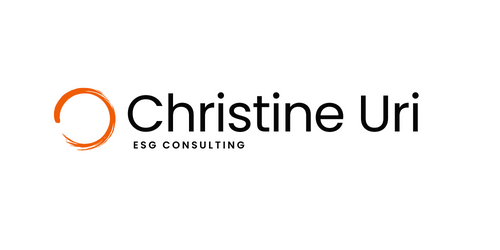ESG Ratings: How to Crawl, Walk, Run
Improving ESG ratings is not easy. Let’s talk about how you do it.
Investors and clients are looking for ways to simplify their review of ESG data and compare companies. Often this results in requests for scores and ratings from third parties such as Ecovadis, Sustainalytics, CDP, SupplyShift, and others.
The first time these land on your desk it can feel overwhelming. You want to find a fast solution to achieving a high rating.
Unfortunately, most companies fail to meet their ESG goals.
Here are some of the most common reasons companies fail to make progress on ESG and improve their ratings:
Companies make too many goals at once.
Companies don’t focus on the right things.
Companies try to quickly document their way to success without a long-term commitment to taking action.
These are losing strategies.
Here is how you succeed.
Start with a gap assessment. Pull together the requests for ESG data that you have received from clients and investors. Add questions from third-party rating parties. Create a master list that allows you to see the most requested items.
Once you have assembled a list of the standards, conduct an inventory of work your company has already completed. You may be surprised by what you find. ESG projects are often done in silos without much visibility.
If you would like to go deeper, consider conducting a “materiality assessment”. A materiality assessment is a structured process for engaging your stakeholders (clients, investors, employees etc.) and asking them to help identify the most significant social and environmental topics for your company to address.
(2) Focus on 2-3 goals that will have the biggest impact.
You will likely come out of your gap assessment with a long “to do” list – particularly in the environmental area. Do not attempt to complete all action items at the same time. If you spread your attention too thin, nothing will get done. Identify the two to three goals to focus.
How do you decide what to prioritize? In deciding where to start, analyze which items are:
Requested by multiple stakeholders
Relevant to your business strategy, location, and industry
Realistic given your level of maturity
My newsletter on “8 Elements Every ESG Program Must Have” may be a useful tool in this process.
(3) TAKE ACTION.
I can’t stress this enough. Clients, investors, and rating services will ask for copies of your policies. But you can’t paper your way to success with ESG or great ESG ratings. Most of the time you spend on ESG should go into taking action that moves the needle.
For example:
Ethics – Train your employees on your ethics policies, encourage reporting, and take issues seriously through investigation and consequences.
Climate – Measuring your climate footprint is the first step. Next you need to set a plan for reduction and show progress against your plan.
Labor – Improve diversity by changing how you hire, promote, engage, and retain in ways that your company more diverse and inclusive
None of this is easy. But it is the most important part.
(4) Be realistic about the time required to show results.
To be a leader with ESG ratings, you set goals, take action on those goals, measure your progress, and show results.
Measuring your carbon footprint will take a few months. Developing a strategy for reducing your carbon footprint will take months. Changing behaviors will take months if not years.
Yes – you can pick up points on ESG ratings each step along the way. But there is no rocket ship to success. You must be in it for the long haul. Ultimately, it will take more than desire for better ratings to drive your success.
Need help? I train boards and executives on ESG and work with companies to develop winning ESG strategies. Send me an email to talk about how we can work together - christine@christineuri.com.

